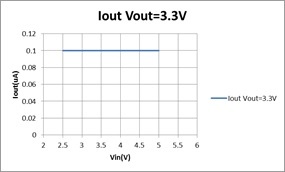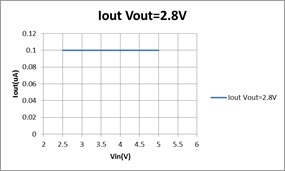I would like to power device (MCU+BLE + other) from Li-Ion secondary cell type. I need a 2.8V for powering low power MCU + BLE. Device requires a 3.3 Volts to power (for short period of time) some more demanding peripherals and for MCU+BLE too to maintain logic voltage level compatibility. My idea is to use TPS70628 linear regulator with reverse current protection, together with TPS63051 as buck-boost converter. I suspect that there will be leakage current from 2.8V to TPS63051 FB and VOUT pin. Could you say how will be magnitude of this leakage current? More generally: how big will the quiescent current in my circuit (with TPS6305 disabled)? Is there any simple, elegant and cheap solution to maintain quiescent current near 1uA?
My idea schematic picture is attached.
-
Ask a related question
What is a related question?A related question is a question created from another question. When the related question is created, it will be automatically linked to the original question.




